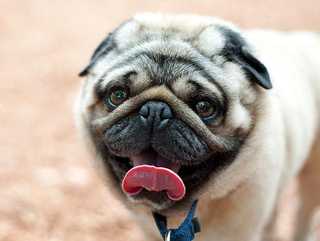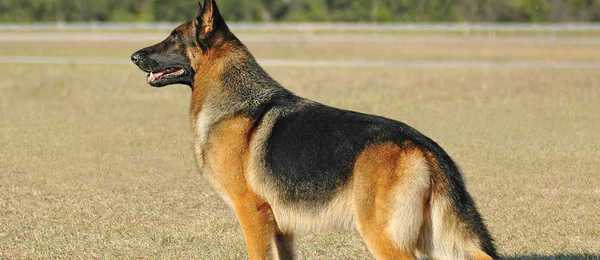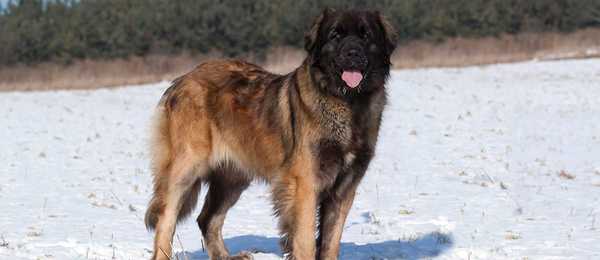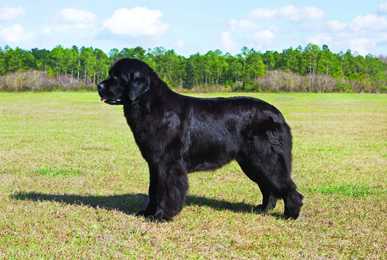
Hovawart Dogs & Puppies
View Adoptable Pets for This Breed

Traits and Characteristics
type
weight
height
family
The Hovawart is a large, strong and powerful working dog primarily used as a guardian of livestock and property. The breed is well known for its versatility and keen scent ability, positioning him as a suitable guard, watch, tracking and rescue dog, not to mention a devoted family companion. He is recognized for his powerful head, triangular drop ears, deep chest, heavy boning, and well-balanced body that’s longer than it is tall. His long, slightly wavy coat can be black, blond or black-and-gold.
Ready to see what dogs fit you best? Take our short quiz to find out!
Energy Level
Exercise Requirements
Playfulness
Affection Level
Friendliness to Dogs
Friendliness to Other Pets
Friendliness to Strangers
Watchfulness
Ease of Training
Grooming Requirements
Heat Sensitivity
Vocality
Disclaimer: While the characteristics mentioned here may frequently represent this breed, dogs are individuals whose personalities and appearances will vary. Please consult the adoption organization for details on a specific pet.
Temperament
Intelligent and naturally protective, the Hovawart thrives on having a job to do, whether guarding the home or livestock, or participating in search and rescue organizations, therapy dog activities, obedience or agility trials, flyball, or service dog training. Kind and even-tempered, the Hovawart bonds closely with his human family. He should be properly trained and socialized from puppyhood. Because the breed requires a substantial amount of time and attention from his master, the Hovawart is not recommended for rookie dog owners.
Upkeep
Besides the occasional bath and brushing, the Hovawart doesn’t require much grooming. His nails should be trimmed regularly, as should his ears be cleaned and teeth brushed. The Hovawart needs regular exercise — this large breed thrives on room to run, and his preferred exercise would be free play in a large fenced yard, as well as going on hikes and taking trips to the dog park. At minimum, he should be taken on a long walk, as well as several shorter walks, daily.
Health
- Major Concerns: N/A
- Minor Concerns: N/A
- Occasionally Seen: Hip dysplasia
- Suggested Tests: Hips
- Lifespan: 10 to 14 years
History
An old German working breed, the Hovawart is primarily used as a yard and farm watchdog. His name originated in the old German language called Middle High German, in which “Hova,” or “Hof,” means yard or farm, and “wart,” or “Wächter,” translates to watchman. The Hovawart nearly became extinct in the early 20th century, but was restored by cross-breedings of German Shepherd Dogs, Newfoundlands, Leonbergers and other similar breeds until the original working type was attained. The Fédération Cynologique Internationale accepted the Hovawart in 1937. The breed was almost lost again during World War II, but was again revived due to various breeding groups’ efforts to sustain the stringent breeding regulations of these hardworking dogs. The Hovawart has been recognized by the United Kennel Club as a member of its Guardian Dog Group since 1996 and recorded with the American Kennel Club’s Foundation Stock Service since 2010.




